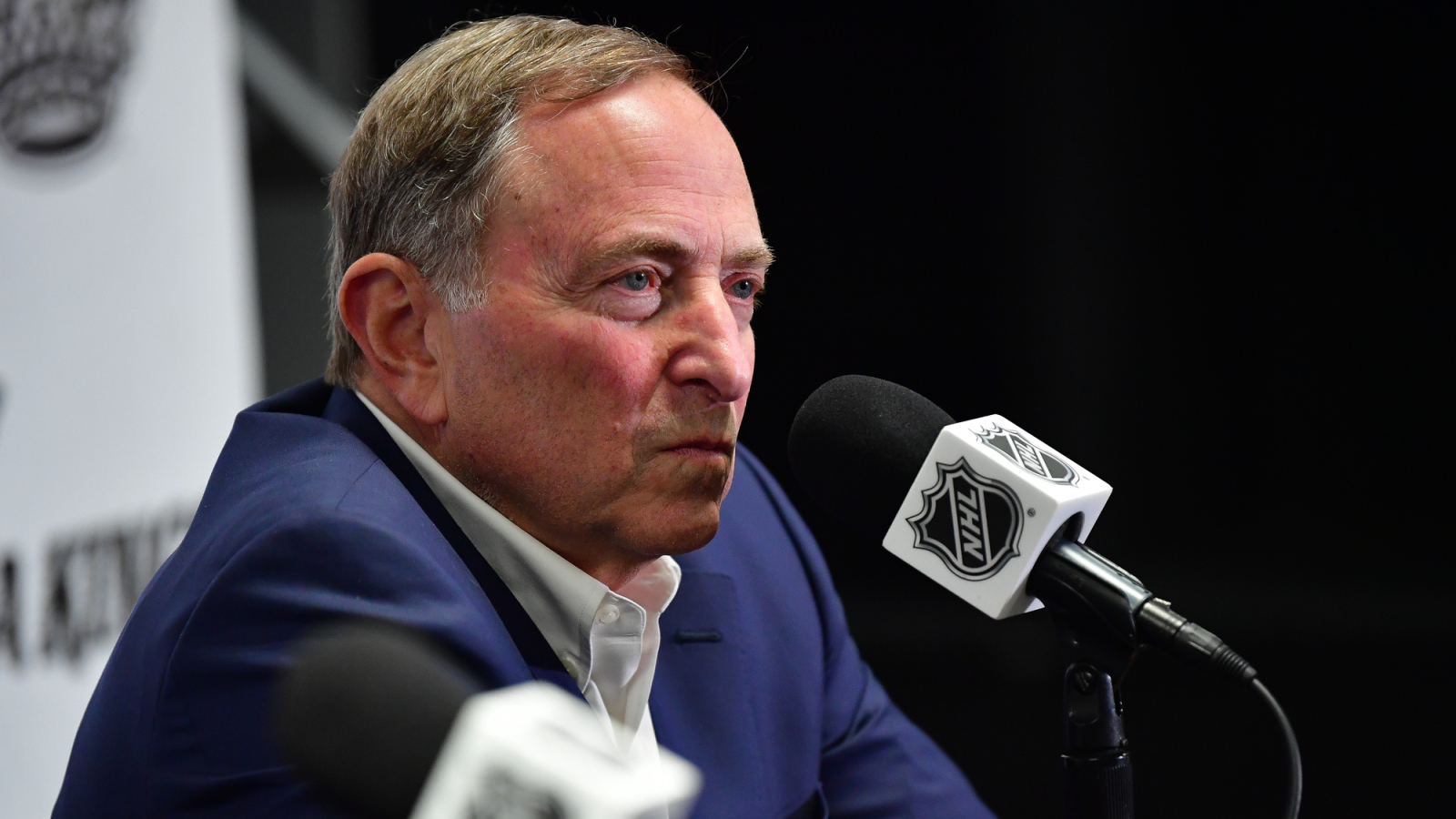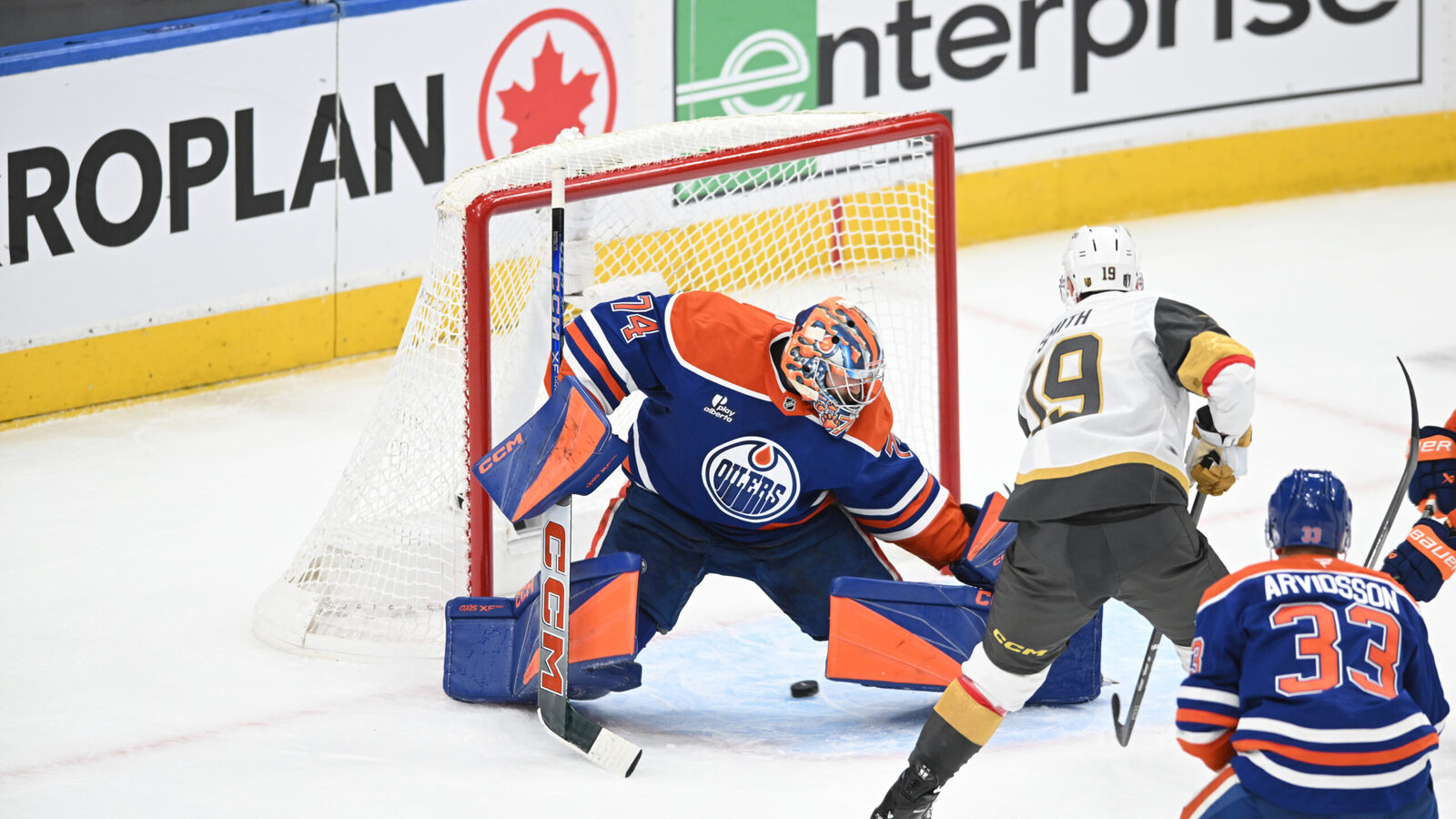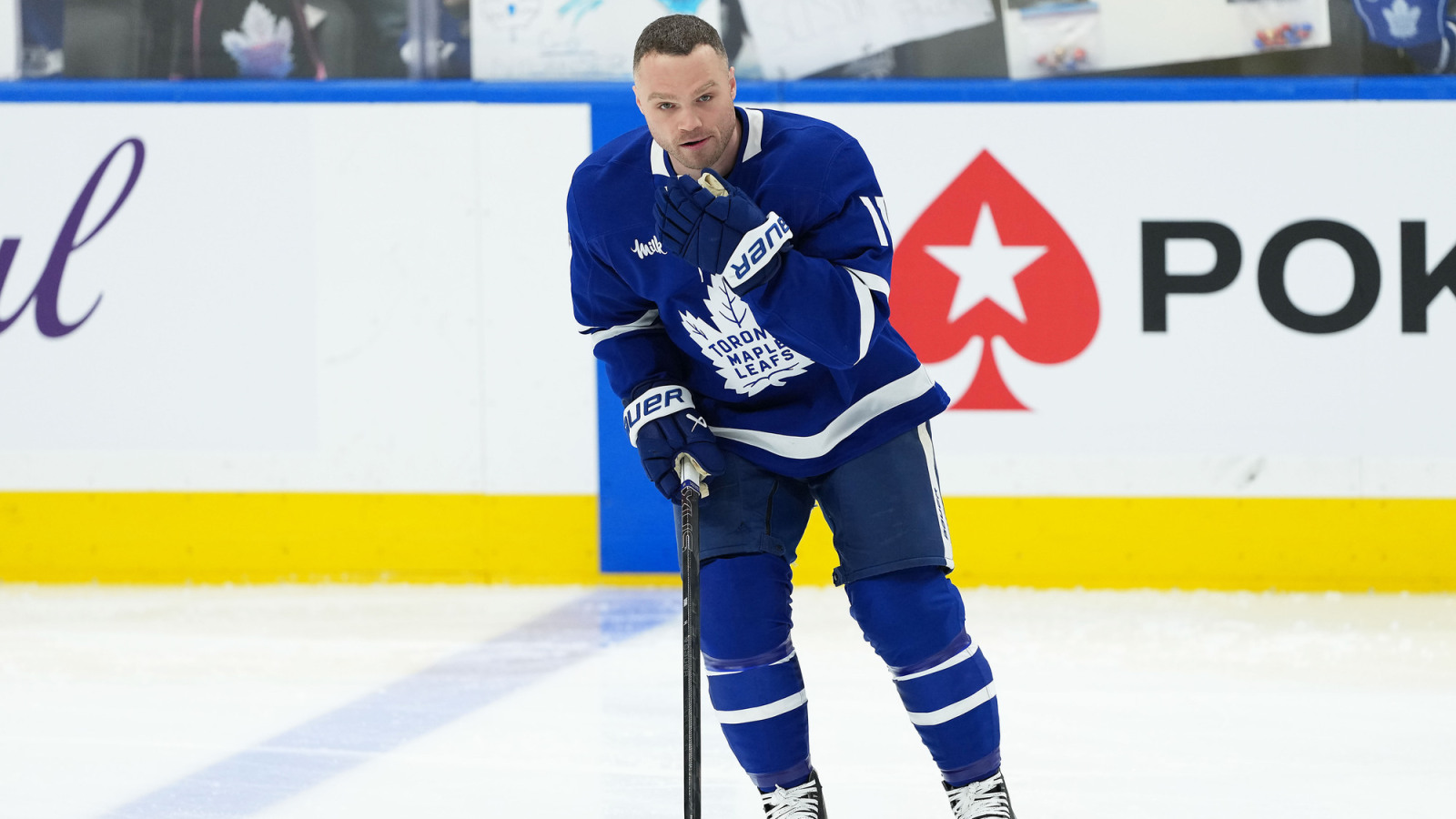
From the beginning of the ’Salary Cap Era’ in the 2005-06 NHL season, offer sheets have been a mildly used tool by General Managers in the league, with most teams simply matching any given offer sheet. Since September 12, 2006, when Ryan Kesler signed a one-year, $1.9MM offer sheet with the Philadelphia Flyers to June 30, 2019, there had only been eight offer sheets signed, with Dustin Penner’s being the only one to go unmatched.
Since July 1, 2019, when the Montreal Canadiens signed Sebastian Aho to a five-year, $42.27MM offer sheet (which was subsequently matched by the Carolina Hurricanes), there has seemingly been more appetite for them from General Managers. This culminated in the wildly successful offer sheets from the St. Louis Blues last offseason, when they poached defenseman Philip Broberg and forward Dylan Holloway from the Edmonton Oilers for a second-round pick and a third-round pick in 2025.
Still, some risk remains when considering worthwhile offer sheets. Teams must determine if the required compensation is worth the player in question, and the NHL recently released those compensation figures via Sportsnet:
| AAV | Draft picks required |
| $1.54MM or less | No compensation |
| $1.54MM to $2.34MM | Third-round pick |
| $2.34MM to $4.68MM | Second-round pick |
| $4.68MM to $7.02MM | First and third-round picks |
| $7.02MM to $9.36MM | First, second and third-round picks |
| $9.36MM to $11.7MM | Two firsts, a second and third-round picks |
| Over $11.7MM | Four first-round picks |
The most given up in the ’Salary Cap Era’ was the 2008 first, second, and third round pick awarded to the Anaheim Ducks for Penner’s offer sheet by Edmonton. No team has ever reached into the sixth tier of compensation, and that’s unlikely to change this offseason. Teams must use their own draft compensation, meaning they’d have to re-acquire any of their old draft selections should they need them for an unmatched offer sheet, similarly to what St. Louis had to do with the Pittsburgh Penguins last summer.


